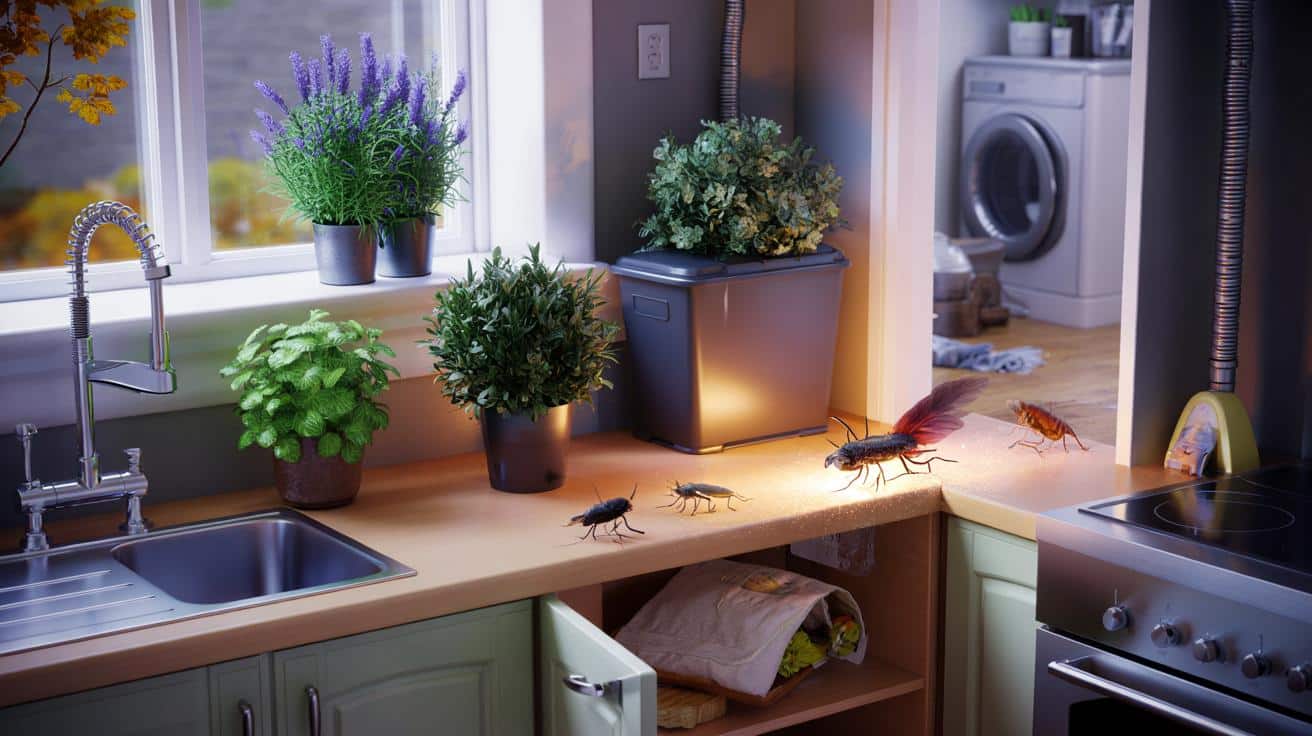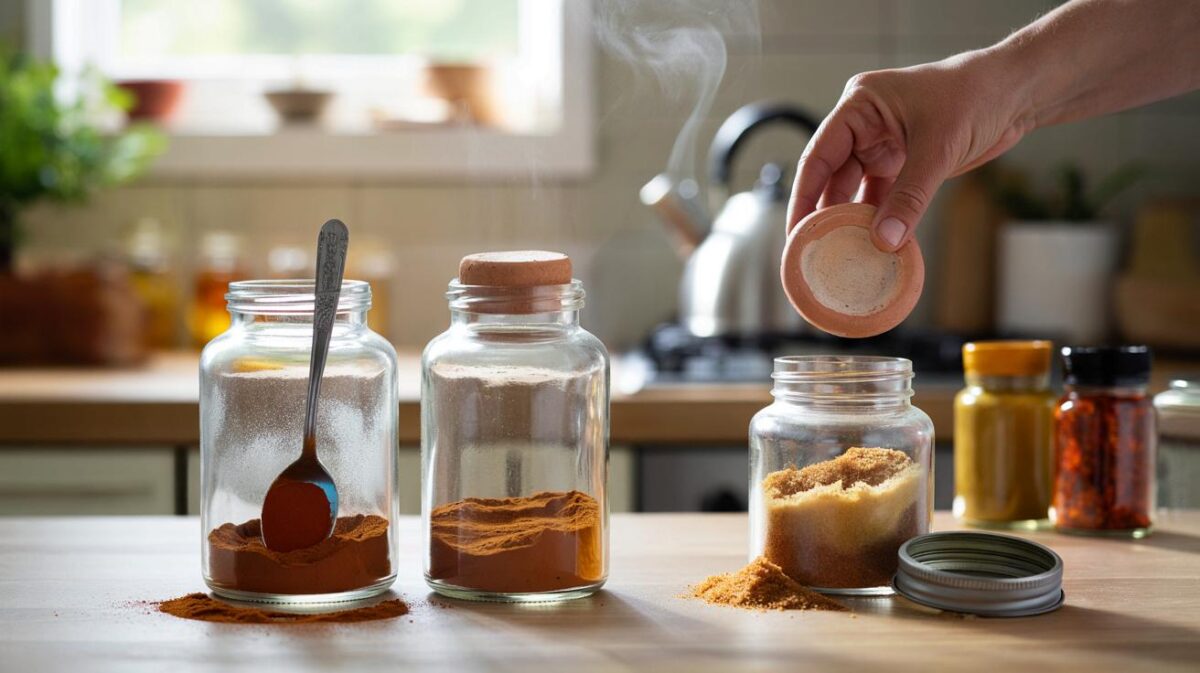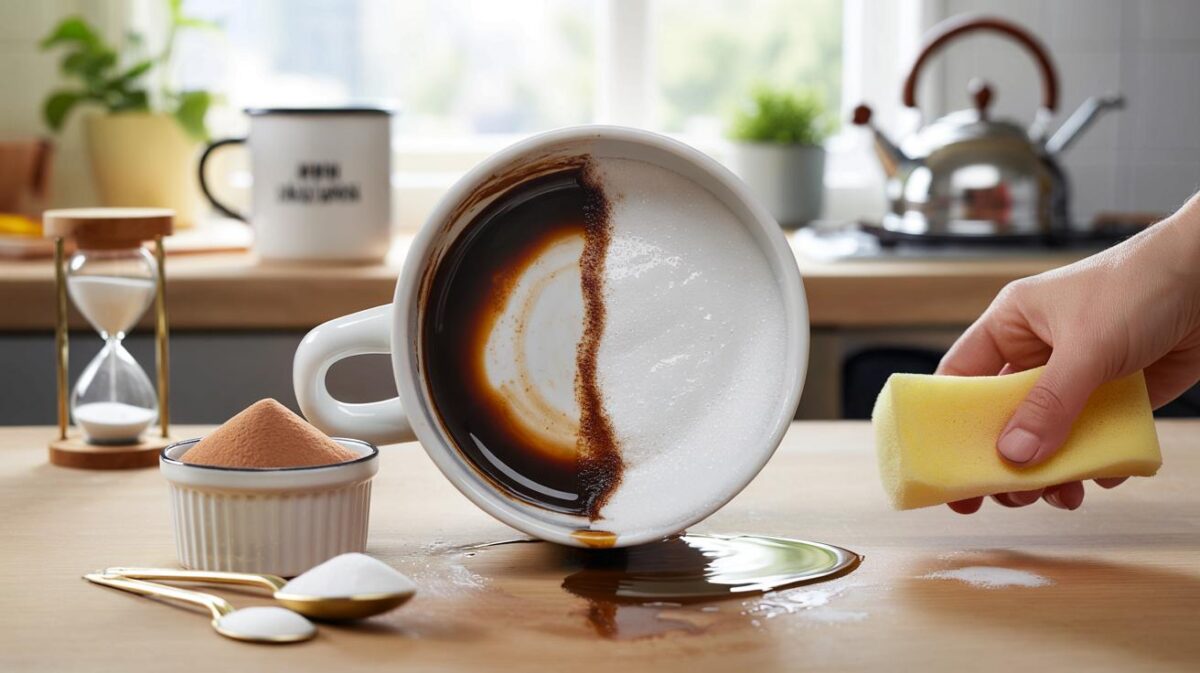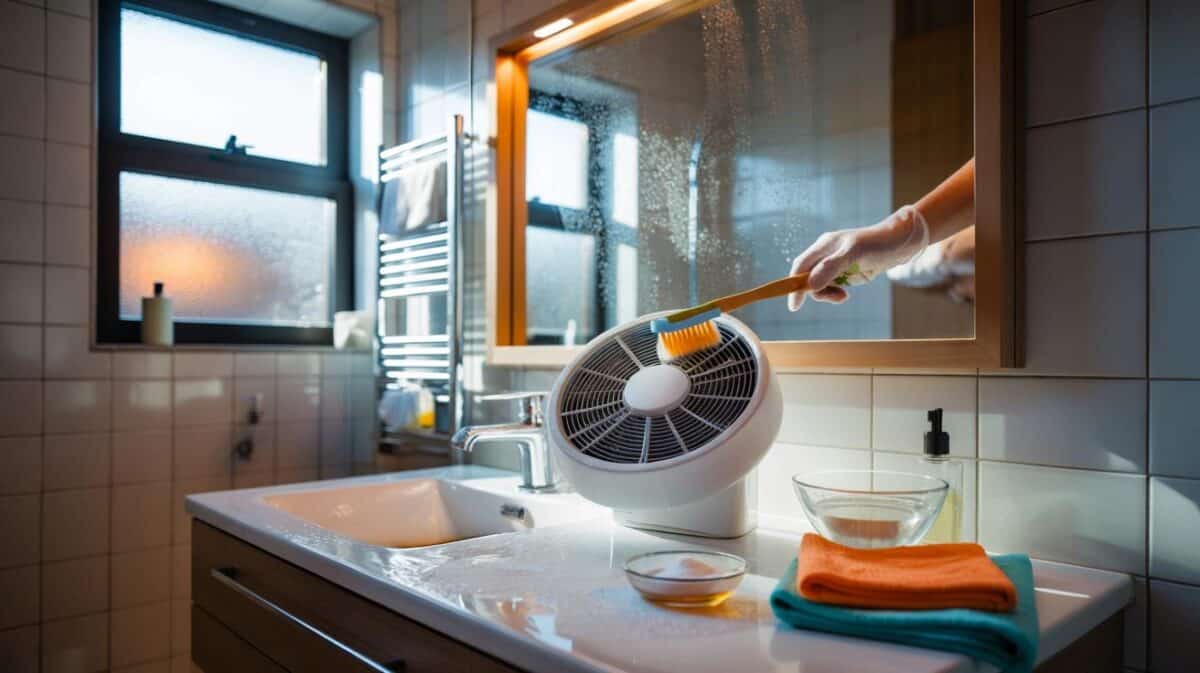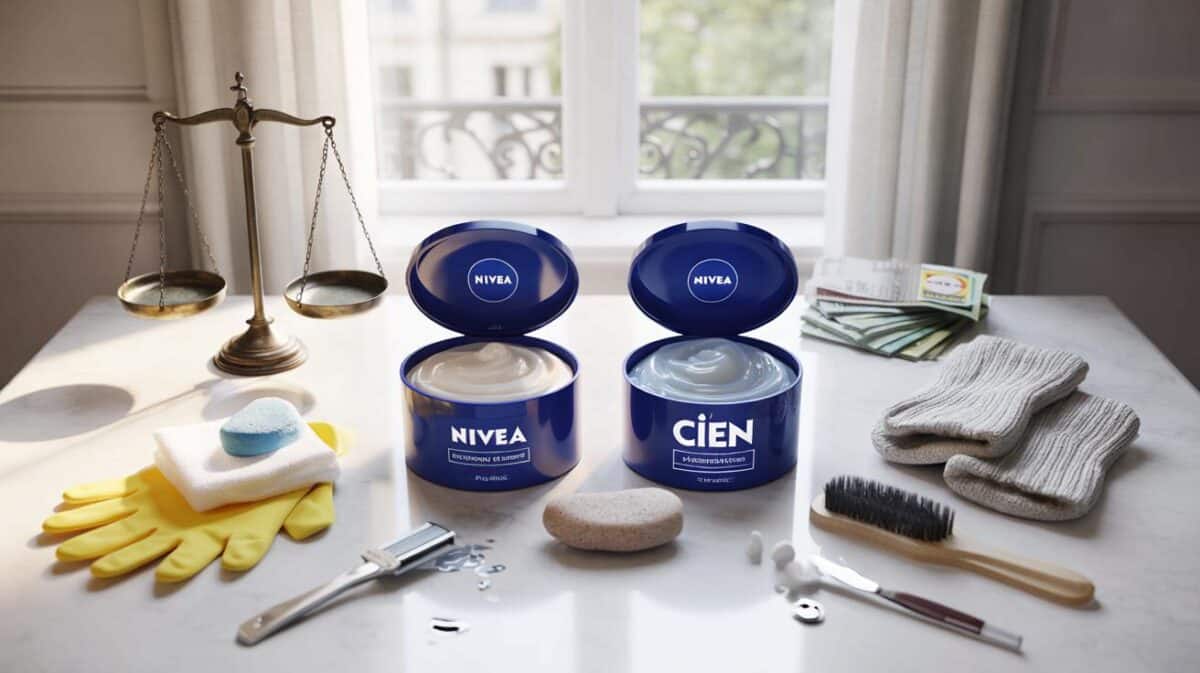Across Britain, cooler evenings push cockroaches towards warmth, water and crumbs indoors. Instead of reaching for harsh sprays, households are turning to a quieter tactic: a living, scent-based barrier grown in pots that disrupts the pests’ search for food and shelter.
Why autumn brings cockroaches into your home
Two factors drive the seasonal surge: temperature and moisture. As outdoor conditions dip below 10–12°C, German and Oriental cockroaches head for stable warmth. Kitchens and bathrooms provide both heat and condensation, plus food residues that gather under appliances and around bins.
They slip through hairline gaps under 5 mm, along pipe chases, and into dark voids at skirting and kickboards. They can survive weeks without food, so a single gap and a splash of water at night will keep them coming back.
Warmth, water and crumbs form the cockroach triangle. Break any one of the three and numbers fall fast.
The science behind plant-based deterrence
These insects navigate by scent, following trails of fatty residues and fermented sugars. Strong, volatile compounds from certain plants mask those cues and may irritate the insects’ antennae. The goal is not perfume, but a steady “scent curtain” along the routes they use most.
Four easy plants do the heavy lifting indoors: peppermint, bay laurel, lavender and eucalyptus. Each produces a different cocktail of volatiles, widening the deterrent range when used together.
The four plants that pull their weight
Peppermint (Mentha piperita)
Menthol and menthone give peppermint its crisp punch. It thrives in a 12–20 cm pot, likes regular moisture, and regrows fast after a light pinch. Place near sinks and under-window vents where cool draughts spread its scent.
Bay laurel (Laurus nobilis)
Evergreen and tidy, bay releases eugenol-rich aroma when you bruise a leaf. A single 15–25 cm pot near a bin, back door or dishwasher feed line helps create a stubborn scent zone. Dried leaves work as a backup in cupboards.
Lavender (Lavandula angustifolia)
Linalool and cineole contribute a soft but persistent aroma. Lavender handles bright windowsills and drier compost, making it ideal for upper shelves where splashes won’t reach. Small sachets of prunings sit neatly in cutlery drawers.
Eucalyptus (Eucalyptus gunnii or compact varieties)
Eucalyptol (1,8-cineole) carries well through indoor airflows. A compact pot near a bathroom door or washing machine hose adds a camphor note that roaches avoid.
Mix pots along the pests’ paths. Variety strengthens the scent barrier and reduces “nose blind” adaptation.
Where to put them for maximum effect
Think like a cockroach: leave the lights off for five minutes after midnight, then flick them on and note where movement stops. Those are your deployment points.
- By the kitchen sink and tap risers
- Beside the bin and compost caddy
- On window ledges near extractor fans or trickle vents
- At the kickboard corners of cooker and fridge
- Outside the bathroom door and next to pipe penetrations
- Inside food cupboards on the lowest shelf (use dried bay or lavender sachets)
Spread plants out. Several small pots beat one large one because scent travels better across multiple sources.
Quick set-up guide and care routine
Choose 12–20 cm pots with drainage. Use peat-free compost and a saucer to protect floors. Water when the top centimetre of compost dries (often 1–2 times a week with heating on). Pinch stems every fortnight to release fresh aroma and keep plants compact.
Dust leaves monthly so pores stay clear. Replace dried bay or lavender sachets every 10–14 days or whenever the scent fades.
| Plant | Primary compounds | Light | Watering | Notes |
|---|---|---|---|---|
| Peppermint | Menthol, menthone | Bright to medium | Keep evenly moist | Pinch often; contain roots |
| Bay laurel | Eugenol, cineole | Bright, tolerates cool rooms | Let surface dry | Use fresh or dried leaves in sachets |
| Lavender | Linalool, linalyl acetate | Full sun window | Light watering | Trim lightly after flowering |
| Eucalyptus | Eucalyptol (1,8-cineole) | Very bright | Moderate | Choose dwarf varieties for flats |
How soon you’ll notice fewer visitors
With thorough placement and basic cleaning, night-time sightings often dip within a week. Activity near sinks and bins usually drops first. If numbers remain unchanged after two weeks, check for missed entry points under appliances or gaps around pipes and cables.
Pair the plants with smart hygiene
Roach control isn’t a single action. It’s a simple routine you repeat—scent, seal and starve.
- Wipe worktops nightly with hot soapy water; lift crumbs from under toaster trays.
- Seal gaps over 3 mm with silicone or acrylic caulk; brush-strip the back door.
- Fix drips; run a dehumidifier to keep relative humidity under 50% in problem rooms.
- Store dry goods in hard containers; empty the bin before bed.
- Set sticky monitors behind appliances to track hotspots every 7–10 days.
What dried leaves can do when you lack fresh plants
Dried bay and lavender still release useful volatiles. Refresh pouches frequently and bruise leaves lightly before placing them in cupboard corners. Combine with a peppermint teabag tied into mesh for an extra push near kickboards.
Health and safety notes you shouldn’t skip
Strong scents may bother people with respiratory sensitivity. Ventilate briefly after pruning. Keep plants and sachets away from pets and children; ingestion can cause stomach upset, and eucalyptus oil is toxic to cats and dogs. Place pots on stable stands to avoid spills near electrics.
When to escalate beyond plants
If you see daytime activity, egg cases, or dozens of nymphs, you’re dealing with a larger infestation. Keep the plants in place—scent still helps disrupt movement—but add professional control. Ask for gel baits placed inside voids, with follow-up inspections spaced 2–3 weeks apart until monitors stay clear.
Extra gains from a green barrier
These pots lift winter air quality perceptions and add fresh cuttings for cooking and drawers. The routine—watering, pinching, checking monitors—keeps you engaged with the spaces pests favour, so you spot leaks and crumbs earlier. Over a heating season, many households spend less than the price of a single aerosol and keep harsh residues off food surfaces.
A practical autumn checklist
Set four pots today: peppermint by the sink, bay by the bin, lavender on the sunniest sill, eucalyptus near the bathroom. Seal one visible gap, refresh one cupboard with a dried sachet, and put two sticky cards under the fridge and cooker. Repeat light pruning every two weeks. Measure progress by what matters: quieter nights and cleaner kickboards.
